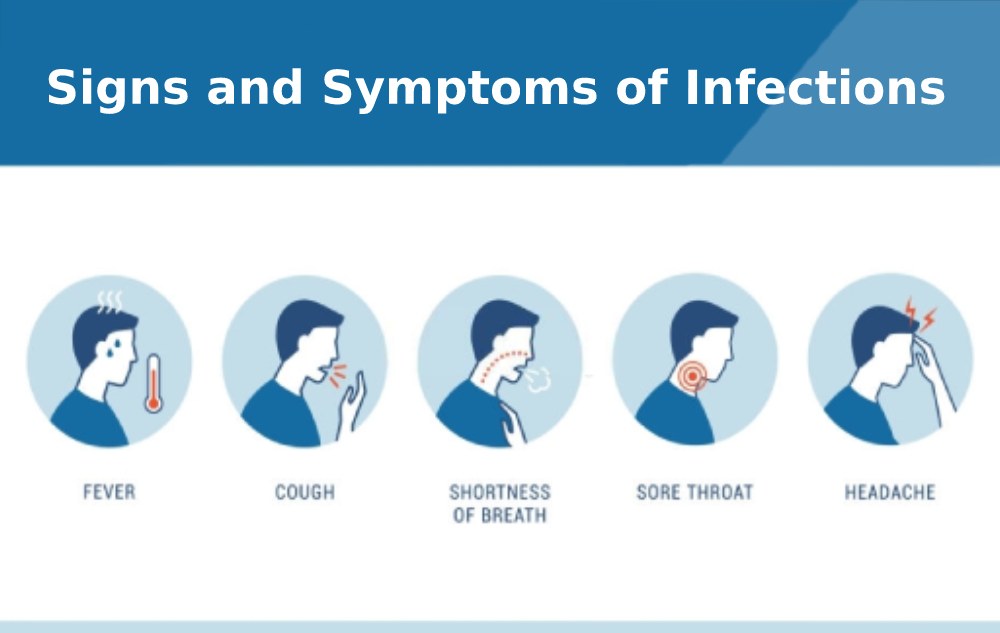
Infectious diseases are caused by organisms that live in and on our body such as bacteria, viruses, fungi or parasites. Though they are usually harmless or sometimes even helpful under certain conditions, in some situations they may cause diseases.
There are some infections that can be passed from person to person, whereas some are transmitted from insects and animals.
There is always a possibility that you may get infected by consuming contaminated food, water or just being exposed to organisms that are present in the environment.
Fever and fatigue are the common symptoms but again it also depends upon the organisms that can cause infections. Some infections show very mild responses while others can be deadly and patients may need immediate hospitalization.
Many infectious diseases can only be prevented by vaccines and proper treatment. Although, if we maintain regular hygiene practice and wash our hands, then also we can protect ourselves from most infectious diseases.
Here we have listed some of the common signs and symptoms of infections that can be easily noticed – on when to call a doctor and when not.
Fever
Chills and sweats
Frequent coughing
Sore throat
Shortness of breath
Burning or pain while urination
Irritation in surgical wounds
Diarrhoea
Vomiting
Abdomen or rectum pain
The most common way where people easily catch infectious diseases is by coming in contact with an infected person or an animal. Infectious diseases that can be spread through direct contact are from – person to person, animal to person and from mother to unborn baby.
Infections are also spread through indirect contact where many germs linger on an object, such as a – doorknob, public toilets, counters, hospitals, etc. When you touch these objects that were previously touched by someone ill with the flu or a cold, then also you can pick up the germs they have left behind.
Infections are also spread through indirect contact where many germs linger on an object, such as a – doorknob, public toilets, counters, hospitals, etc. When you touch these objects that were previously touched by someone ill with the flu or a cold, then also you can pick up the germs they have left behind.
Bacteria – these organisms are responsible for bacterial infections such as urinary tract infections, tuberculosis, food poisoning, etc.
Viruses – smaller than bacteria, infections caused through viruses include AIDS, mumps, flu, herpes, etc.
Fungi – when one is infected through yeast then there comes the fungal infection. It could happen anywhere on the body but the most common are ringworms, jock itch, fungal eye infection, etc.
Parasites – parasites are usually transmitted from animal faeces to humans. The most common parasitic infections are malaria, leishmaniasis, Chagas disease, etc.
We hope that you found our blog post useful. We wanted to share this information with you because even though many people are aware that there are infectious diseases that can be spread through physical contact, many are still not sure exactly how it happens. We hope you have a better understanding of how it happens and how to prevent this from happening to you or your loved ones.
Get to know more about silver nanoparticles and advanced technology in infection prevent and control.
Leave Your Comment